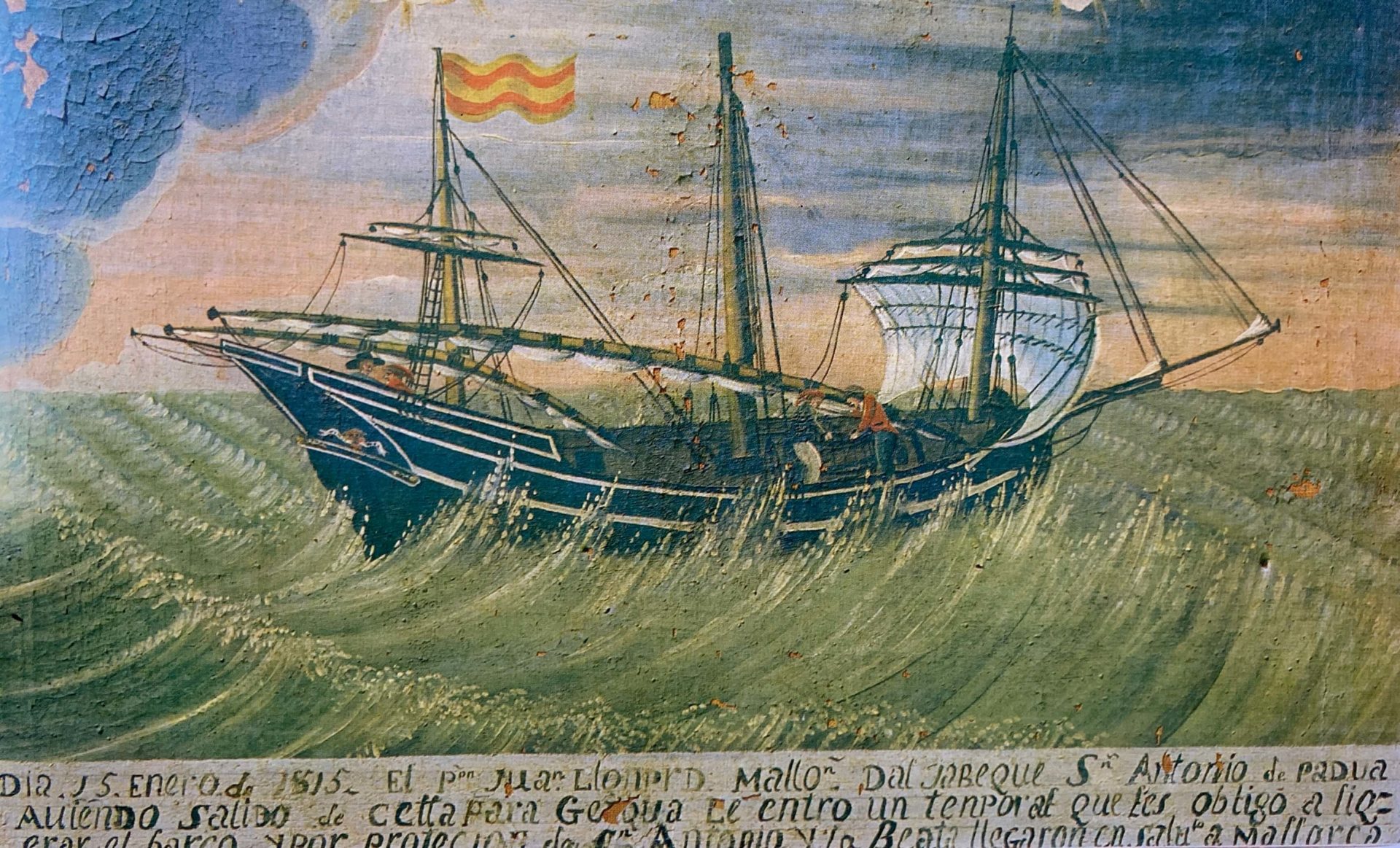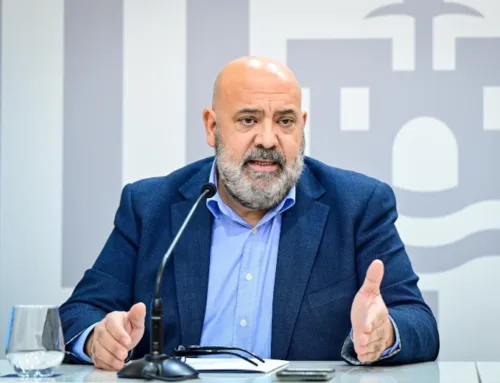The first echoes of the calamity that loomed over the island reached Palma on May 26, 1820. A smugglers ship from the coasts of Africa had arrived in Mallorca, near Son Servera, and one of its sailors had died of bubonic plague in the village. First some of the neighbors were infected and in a few
days the contagion spread throughout the region.
Epidemics, intermittently but constantly, hit the island from the earliest times, causing great mortality and desolation among Majorcans. Hence the dread of epidemics was inherited, generation after generation. It is not gratuitous that Saint Sebastian, protector against the plague, is the patron
saint of Palma.
At the end of May, the epidemic had already reached the towns of Artà and Sant Llorenç des Cardassar. The news spread like wildfire throughout the island and panic seized the population. Some did not hesitate to flee to the Continent, while the Palma authorities closed the city tight.
At the same time, a sanitary cordon was erected, isolating the infected area from the rest of the island. Soon the ports closed and commerce was paralyzed throughout Mallorca. The strict sanitary measures
did not take long to bear fruit, since by the end of August the infections had ceased, after Son Servera lost more than half of its inhabitants.
Not a year had passed, on August 7, 1821, when the plague was detected again in the port of Palma among the crew of a boat from Barcelona. At the beginning of September, the houses on Calle del Mar were the source of the spread of contagion. In the days that followed, 6,000 souls were evacuated from the city, while 5,000 victims of the epidemic had already been counted. By the middle of the month, the
neighborhoods affected by the plague had been cordoned off and more than fifteen thousand people had been evacuated, including civil, military and religious authorities, who moved to the town of Valldemossa -the exception was the municipal corporation that stayed in Palma-.
Barracks were erected in La Real and El Terreno, wooden constructions, covered with cane and lined with plaster, with capacity for ten or twelve people. Thousands of families had to go live there for months. Soon, misery, mainly due to the lack of food and hygiene, began to spread among the
entire population.
It was during the suffering of this contagion that the figure of the watchman emerged, precisely to monitor the increase in robberies and assaults on the evicted houses. The strict sanitary measures returned to give good results, because at the end of December public health was restored in Palma. As a preventive measure, the Palma City Council ordered the cleaning of the houses.
This consisted of making a large green wood fire inside the houses and then opening doors and windows. With these measures, good results were obtained, and on January 18, 1822, the isolation of Palma with the rest of the island was lifted. Thus ended one of the most remembered epidemics of the 19th century in Mallorca
By: Bartomeu Bestard Cladera. Cronista de la Ciutat de Palma.









Leave A Comment